No restrictions. No ho-hum meals. No taking the fun out of eating!
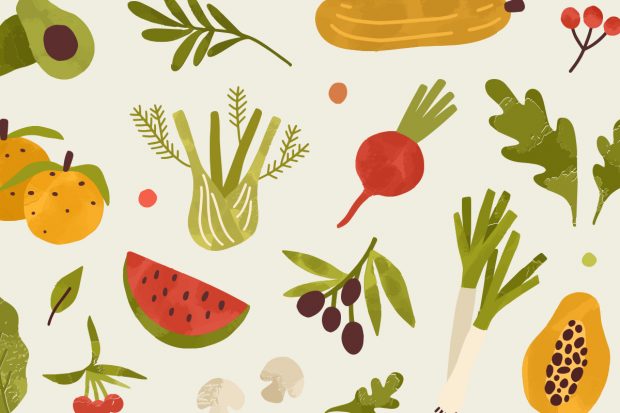
Does the word “diet” make you cringe? There’s no such thing here!
This 30-Day Eat Well Summer Challenge will whip your diet into shape without leaving you feeling like you’re being denied the things you love. The guidelines are flexible, leaving you some wiggle room for your food cravings.
The goals of this challenge are simple—eat more natural foods and intake less processed junk. This means shopping on the outer aisles of the supermarket, loading up on produce and trying new foods. We’ll give you some tips and tricks each day to motivate you through to the very end. And we’ve even thrown in a “reward” day!
So, head to the grocery store, stock up on the good stuff and plan for the next month. Get ready to feel great, lose weight, sleep better and have healthier-looking skin in just 30 days!
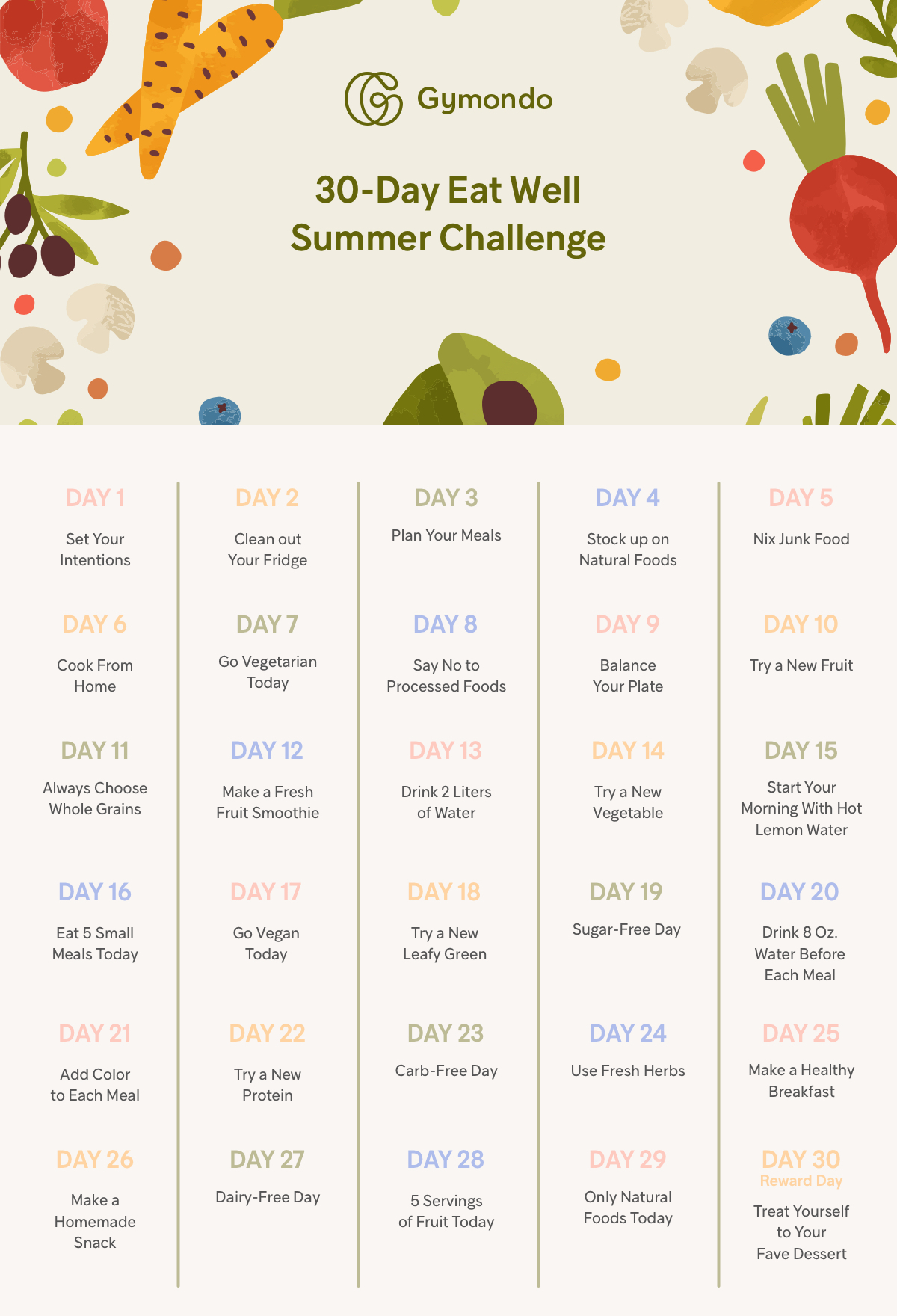
Day 1: Set Your Intentions
Before even writing down your intentions, unlock the reason why you’re here in the first place. Do you want to lose weight? Are you guilty of stress-eating? Is your energy low? Knowing where you’re at and where you want to go will help you achieve the goals you set for yourself. Then, set intentions to stay focused and tap into your purpose for why you’re here.
Related: Why You Should Set Intentions to Reach Your Goals
Day 2: Clean out Your Fridge
Day 2 is all about getting rid of the distractions in your pantry and fridge that serve no purpose.
To eat well, you need to clean well, so clear out your pantry and refrigerator to make room for the good stuff. Toss those late-night snacks and kick that frozen pizza to the curb. It doesn’t mean throwing things away. Instead, donate those tempting treats to a local food pantry.
If you’re low on willpower, you certainly don’t want to stare a pack of chips in the face, especially when you get the munchies. Fill that extra space with wholesome, nutritious foods that taste great and are good for you.
Day 3: Plan Your Meals
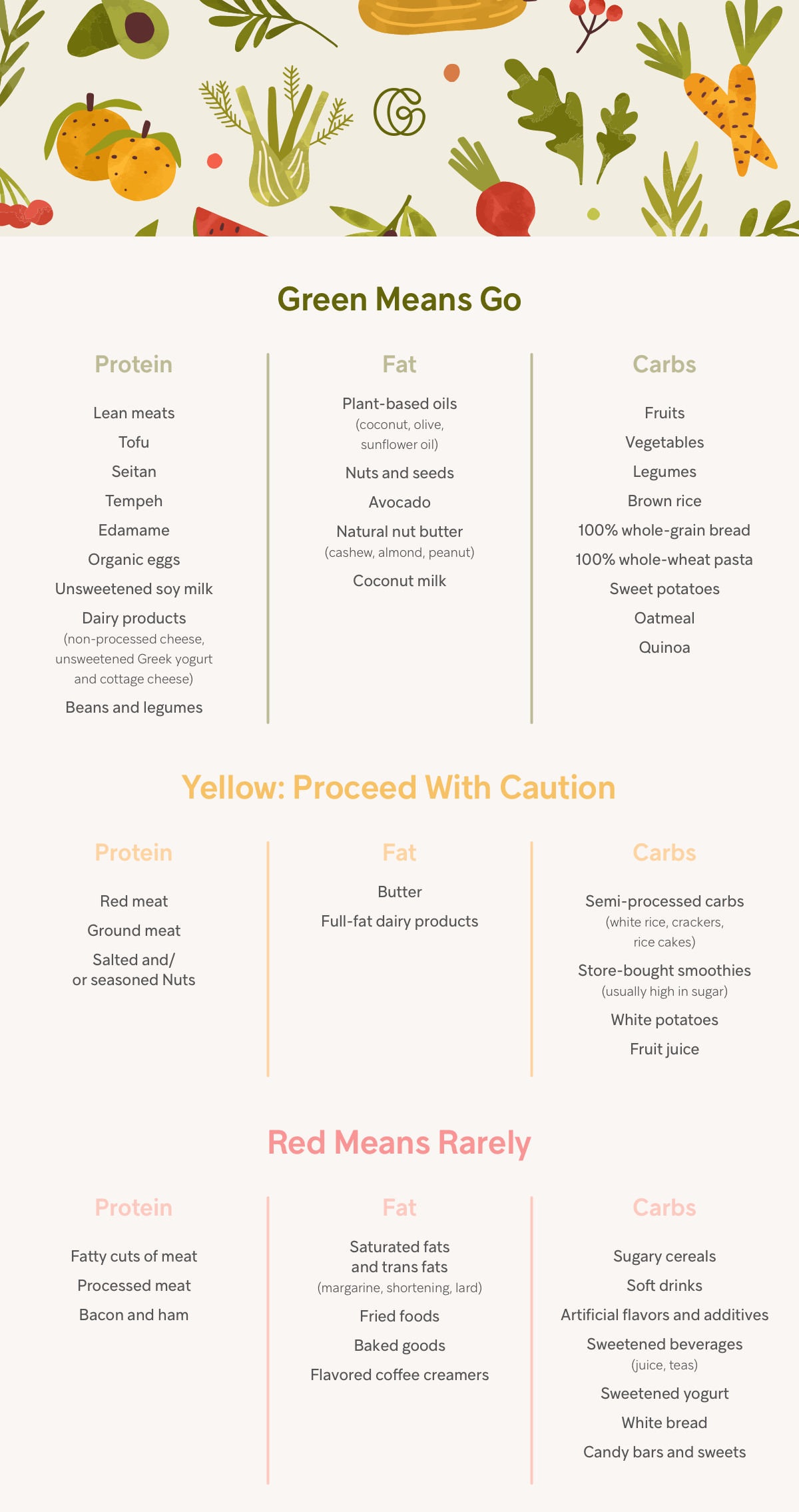
Would you run a marathon without proper training? Hopefully not! So, why would you just wing it with this 30-Day Eat Well Summer Challenge?
Start the challenge with your best foot forward. Create a meal plan and shopping list. If you need some meal inspo, head to the Gymondo app, where you’ll find 1000+ healthy recipes for breakfast, lunch, dinner and snacks.
Need some more inspiration? Check out these delicious vegan recipes using natural foods.
Day 4: Stock up on Natural Foods
Natural foods don’t contain additives, preservatives or funny words you can’t pronounce.
By filling your plate with fruits, leafy green vegetables, quality protein, whole grains and healthy fats, you’ll create meals that are colorful, delicious and chocked full of nutrients. Not only that, you’ll crowd out foods that don’t deserve to be on your plate in the first place.
Rule of thumb: Stick to the outer aisles of the supermarket. That’s where you’ll find all the good stuff—natural foods, produce and veggies.
Related: Foods to Stock Your Fridge With
Day 5: Nix Junk Food
Supermarkets are like a gateway drug, giving you easy access to any and all food you can imagine, including all that junk! Usually, the unhealthiest of foods are placed at eye level, making it ultra-hard to resist the temptation to go nuts.
Rule of thumb: The best way to nix junk food is to go in with a full belly. Only head to the supermarket after you’ve eaten a nutrient-dense meal and again, stick to the outer aisles, where you’ll find all the good stuff—leafy greens and veggies. Whatever you do, try not to get lured down the chips, dips and sweets aisle.
Related: 5 Ways to Stop Craving Junk Food
Day 6: Cook From Home
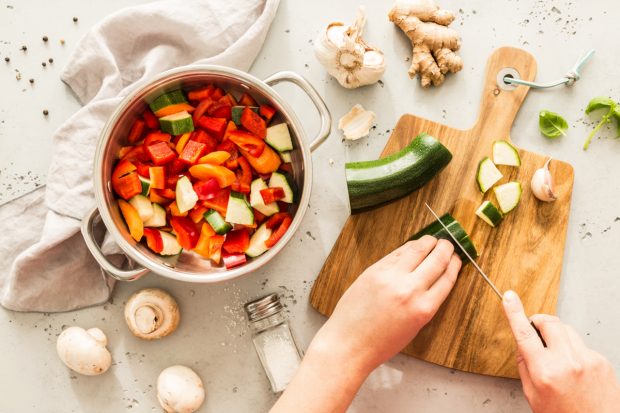
To control your portions and ensure you’re eating nutritiously, it’s far more helpful to eat most of your meals from home. You’ll know exactly what’s in the food you prepare, unlike guessing which fat (and how much of it) your steak was fried in at your favorite local restaurant. Additionally, you can control how much food lands on your plate.
One helpful trick is to downsize your plate. Instead of eating from your huge dinner plates, try your salad-sized dishes instead. With this simple shift in portion size, you can save yourself up to 600 calories.
Another trick is to use measuring cups to dole out optimal portion sizes. When it comes to protein, it’s helpful to invest in a scale to measure 3 to 4 ounces per serving. If you don’t have that option, make a fist. One portion should be no larger than your fist.
Related: 6 Easy Tips to Control Portion Sizes
Day 7: Go Vegetarian Today
Taking the plunge into plant-based eating doesn’t have to mean going meatless full-time. Use today to determine if vegetarianism is right for you.
Eating a diet high in fruit, vegetables, whole grains and nuts promotes overall health, particularly because these foods are rich in fiber, antioxidants and vitamins that help protect against diseases like diabetes and cancer. Check-in with yourself throughout the day—how are you feeling, do you feel energized, are you full for longer?
Day 8: Say No to Processed Foods
Processed foods are addictive. They usually contain ingredients that produce an opiate-like effect. MSG, high-fructose corn syrup and aspartame are just a few of the addictive ingredients found in processed food. Not only are these ingredients addictive, they’re harmful to your body. And by design, they’ll make you crave more and more.
The best way to stop your chemical food cravings is to raid your cupboards and fridge and donate all of your processed food products to a shelter or soup kitchen. Then, start stocking your pantry with natural foods. If it grows, flies, swims or runs, it’s natural.
Start reading the ingredient list on all food labels. If you spot sugar, saturated fat, enriched flour or words you can’t pronounce, you should think twice.
Related: Understanding Your Food Cravings and Learning to Just Say No
Day 9: Balance Your Plate
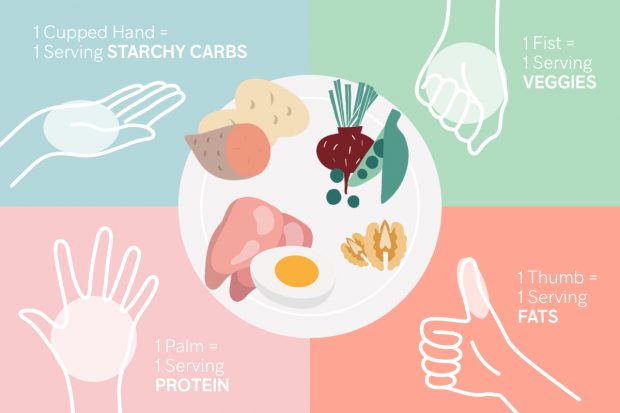
Grab a plate from your cupboard and divide it into fourths. One-fourth of your plate should include a lean source of protein. Two-fourths of your plate should include green leafy vegetables. The final one-fourth of your plate should be divided between a starchy carb (potatoes, pasta, sweet potato mash, etc.) and yep, you guessed it, more green leafy vegetables. Add in a sliver of fat (avocado, nuts, olive oil, etc.) and you’re good to go.
Day 10: Try a New Fruit
Before you add apples, oranges and bananas to your shopping cart, opt for a new kind of fruit. You’ll be surprised by how many fruits you’re bypassing in the grocery store on the reg. From passion fruit to mango and pomegranate to Asian pears, there are plenty of fruits to explore. Today is your chance to try something new. After all, variety is the spice of life!
Related: Best Summer Fruits for Weight Loss
Day 11: Always Choose Whole Grains
By now, you probably realize that white bread isn’t exactly the healthiest option on the grocery store shelf. But there are two options you’ve probably come across that sound rather similar—whole-wheat and whole-grain. They both seem healthy, right? So, what’s the difference between whole-wheat and whole-grain and which one should you buy?
The difference between whole-grain and whole-wheat is that whole-grain can be from any grain—barley, oats, sorghum, buckwheat or wheat—while whole-wheat means it’s only made from wheat. All whole-wheat is whole-grain, but not all whole grains are whole-wheat.
Whole grains contain the entire grain—the germ, endosperm,and brain—which boosts your intake of fiber, healthy fats and additional minerals, including iron, magnesium and B vitamins. This means you’ll stay fuller for longer periods of time from the fiber and healthy fats.
The most important thing to keep in mind when buying whole-grain products is to read the ingredient label. You want to make sure it specifically states 100 percent whole-grain and is listed as the first ingredient. Also, be only the lookout for long ingredient lists or added sugar. When buying whole-grain bread, keep it under 2 grams per slice.
Day 12: Make a Fresh Fruit Smoothie
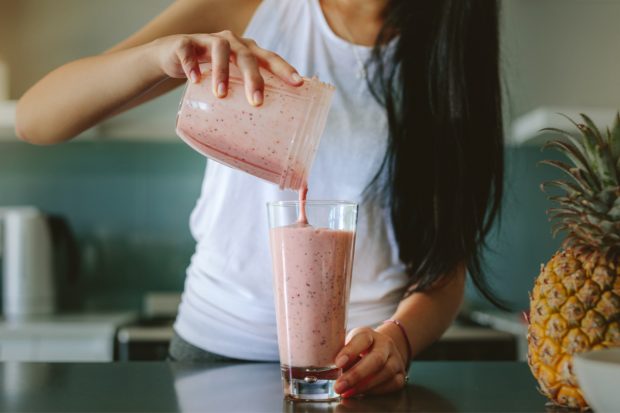
Fruits are jam-packed with simple sugars that are easy to digest, making them a preferred energy source, especially after intense workouts. Check out our list of low-calorie smoothie recipes for combinations that suit your preferences.
Day 13: Drink 2 Liters of Water
Muscles are composed of up to 76 percent water and dehydrating them leads to muscle breakdown.
In order to increase the production of new muscle tissue, it’s vital that you keep yourself properly hydrated throughout the day. This doesn’t mean only drinking when you’re thirsty. Instead, drink at least 2 liters of water at regular intervals throughout the day.
Water is so many things—fatigue fighter, bearer of better skin and anti-aging phenom—so drink up!
Related: 5 Ways to Create Positive Energy by Staying Hydrated
Day 14: Try a New Vegetable
Now that you’ve diversified your fruits, it’s time to expand your veggie portfolio. Instead of the usual suspects, opt for eggplant, purple carrots, sweet potatoes, brussels sprouts, asparagus or swiss chard. Go for those brightly colored veggies. Who knows, you might end up finding your new favorite veggie!
Day 15: Start Your Morning With Hot Lemon Water
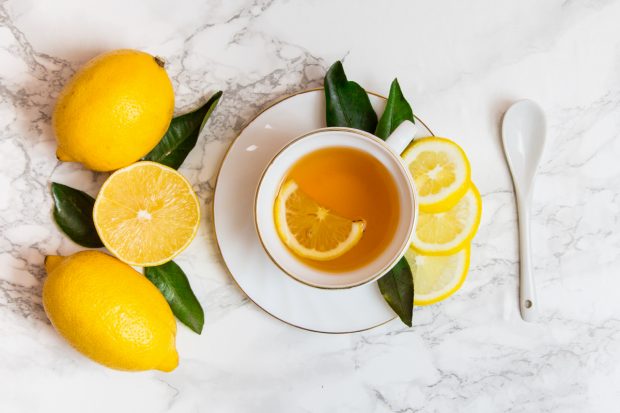
You’re halfway there—keep going strong!
Drinking hot lemon water every morning before eating breakfast has a huge impact on the health of your skin. Lemon is a great source of vitamin C, vitamin A, beta-carotene, folate, calcium and potassium. When you drink hot lemon water first thing in the morning, you’re feeding your skin with folic acid, which helps eliminate toxins from your body. This helps prevent acne and can even boost your skin’s natural glow.
Great skin isn’t the only benefit of drinking hot lemon water every morning. Here are some more benefits:
- Reduces cravings
- Improves digestion
- Boosts your immune system
- Fights infection
- Promotes quick weight loss
- Increases metabolism
Day 16: Eat 5 Small Meals Today
According to some experts, eating breakfast jumpstarts fat-burning, while 5 small meals a day keeps your metabolism from dropping. Notice I said “small.” Eating 5 large meals per day could lead to potential weight gain and even obesity.
While eating 5 small meals a day is a highly controversial topic, it doesn’t mean it’s not right for you. Just like there’s no one-size-fits-all approach to fitness, the same can be said for nutrition.
The major benefits of eating 5 small meals a day include:
- More energy
- Less hunger
- Reduced food cravings
- Controlled blood sugar levels & insulin production
- Reduced body fat storage
- Increased lean muscle mass
Day 17: Go Vegan Today
Numerous studies suggest vegan diets have multiple benefits—the regulation of blood sugar levels, improved heart health, increased weight loss, less joint pain and a decreased risk of cancer.
Going vegan may even help you live longer. According to research, vegans have a 15% lower risk of dying prematurely from all causes, indicating that a vegan diet may help people live longer than those who adhere to vegetarian or omnivorous eating. This may be due to the fact that vegans have a lower body mass index (BMI) than people who eat animal-based products, which is a sign of longer life expectancy by up to 4.5 years.
Go vegan for a day and see what you think. Here are some inspirational vegan recipes to try out!
Day 18: Try a New Leafy Green
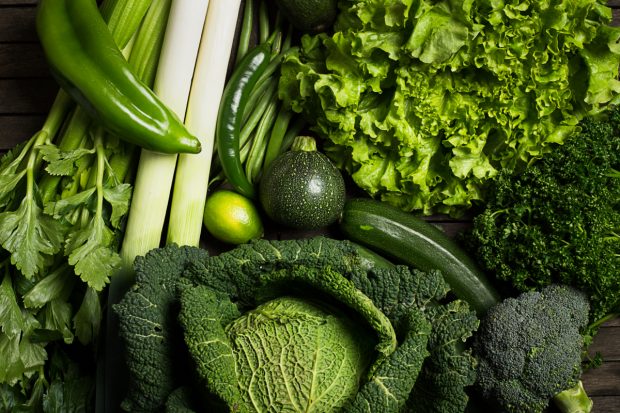
By now, you’ve probably come across some new foods—some that may have even become your all-time favorites. So, why change things up again, right? Wrong. Keep eating your go-to fruits, veggies and leafy greens, but don’t be afraid to try something new. Kale, anyone? How about some spinach, Popeye? There’s more—arugula, collard greens, bok choy, watercress—the list is endless! Start exploring your leafy green options.
Day 19: Sugar-Free Day
This is a tough one, but today, try to avoid sugar and simple carbs—white rice, white bread, white potatoes, sugary cereals, baked goods and fried foods. Beware of hidden sugars in packed foods like milk, cheese, granola bars, yogurt, cereal, pasta sauce, salad dressing, wine, beer and even bread. Be sure to read each ingredient label to identify hidden sugar.
One of the many benefits of reducing added sugars is weight and fat loss. Some studies suggest it takes as little as 9 days to notice a difference in weight. For the next 24 hours, pay special attention to how your body responds during your sugar-free day.
Related: Go Sugar-Free to Shed Fat
Day 20: Drink 8 Ounces of Water Before Each Meal
If you could do one super simple thing to lose weight, improve your skin and feel more energetic, would you do it? Damn right you would! It’s simple—all you need to do is drink 8 ounces of water before each and every meal. Then, just sit back and reap the benefits!
Day 21: Add Color to Each Meal
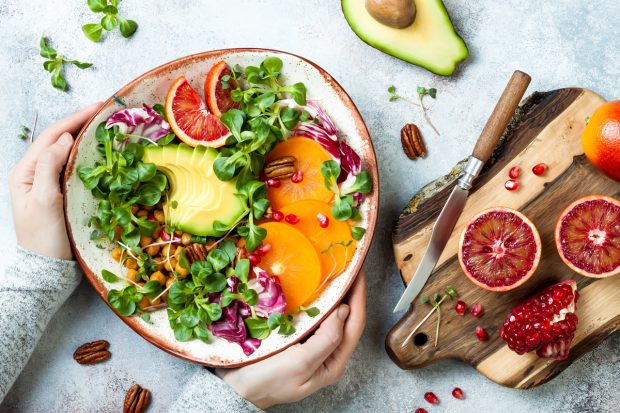
Colorful food makes you feel better. A bright and colorful plate not only boosts your mood, it lowers your risk for chronic disease.
Need some inspo? Add a splash of color to your breakfast by adding raspberries and blueberries to your oatmeal. Brighten up your lunch with steamed veggies. Make your dinner vibrant by adding colorful vegetables to your main dishes—think veggie pasta.
Fun fact: Steaming is a great way to preserve the color and nutrients in vegetables.
Day 22: Try a New Protein
Is your protein routine in a bit of a rut? Switch things up by adding more variety to your protein game plan. Trade-in those animal proteins for some plant varieties, including beans, peas, tofu, tempeh, veggie burgers, nuts and seeds.
If you can’t seem to cut animal sources completely from your diet, opt for seafood over red meat or choose lean or low-fat cuts of meat that are at least 92% lean.
Day 23: Carb-Free Day
Contrary to popular belief, your body needs carbs to function properly. But some carbs are healthier than others. Unless you strictly eat meat, you’ll likely consume carbs each day. Carbs are found naturally in dairy products and in plant-based foods like beans, grains, fruits and vegetables. So while you can’t completely eliminate carbs from your diet, shoot for fewer than 30 grams of carbs for the entire day, consisting of fruits and vegetables.
Day 24: Try New Herbs
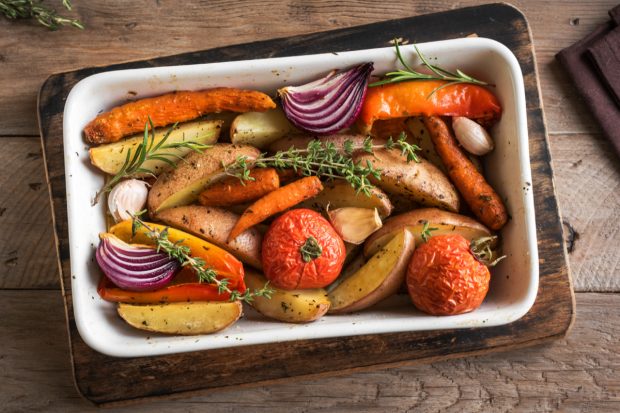
Garnish your dishes with fresh herbs today. Herbs like rosemary, thyme and dill brighten any dish and add bold flavor to your meal.
Day 25: Make a Healthy Breakfast
Frittata, anyone? The easiest way to start your morning off right is by using all those colorful veggies you stocked your fridge with. You can use just about anything in a frittata—spinach, onions, red peppers, mushrooms, cheese. Just mix the ingredients with eggs and voilà—you’ve got yourself a perfectly balanced and healthy breakfast!
Day 26: Make a Homemade Snack
When 3 o’clock rolls around and the cravings set in, don’t get caught with your hand in the cookie jar! It’s better to have a game plan lined up. Try our suggestions—greek yogurt with granola and berries, cottage cheese and dried apricots or a banana with peanut butter. Here are some other healthy snack ideas that will help you curb those mid-day cravings!
Day 27: Dairy-Free Day
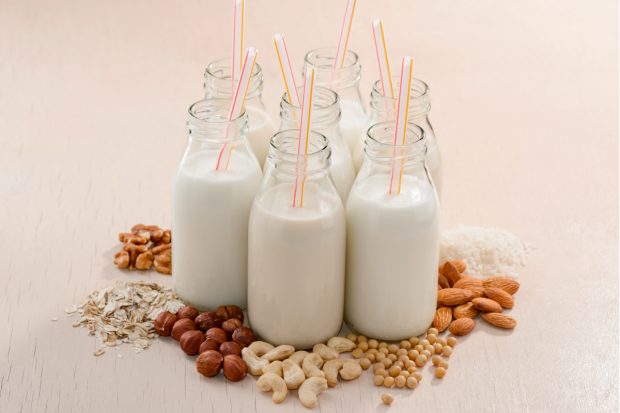
We challenge you to eliminate dairy from your diet just for today! Milk protein allergies and lactose intolerance have been linked to a number of symptoms and illnesses. For some, it’s fatigue or weight gain. For others, it’s more severe—crippling headaches and autoimmune disorders. Research has even linked dairy products to prostate cancer, breast cancer, diabetes, obesity, high cholesterol and heart disease.
Day 28: 5 Servings of Fruit Today
Evidence shows there are significant health benefits to getting at least 5 portions of fruit a day.
Here are 3 reasons why you should add more fruit to your diet:
- Fruits are jam-packed with vitamins and minerals, including folate, vitamin C and potassium.
- They’re an excellent source of dietary fiber, which can help to maintain a healthy gut, reduce your risk of cancer and improve digestion.
- Fruit intake helps reduce your risk of heart disease and stroke.
Day 29: Only Natural Foods Today
Natural, whole foods don’t have any added sugars, starches, flavorings or other manufactured ingredients. They’re the exact opposite of processed foods. Because they’re not processed, they’re not addictive. Choosing natural foods results in a nutritious diet that is higher in fiber, vitamins and minerals than other foods.
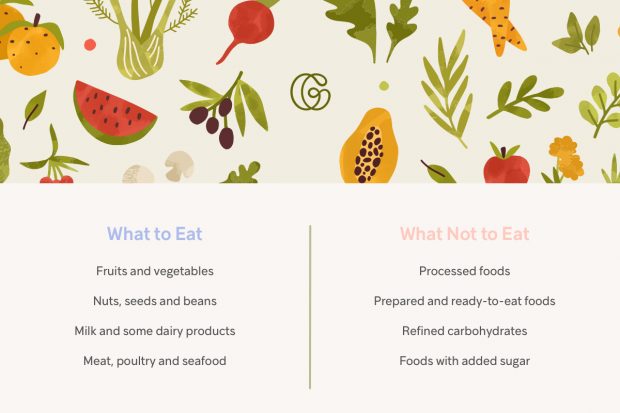
Day 30: YOU DID IT! Treat Yourself to Your Favorite Dessert

Congratulations, you made it! Take what you learned over the last 30 days and adjust your diet plan moving forward. Hopefully, you picked up some useful eating habits along the way. Now, it’s time to treat yourself. Splurge on your favorite dessert and pat yourself on the back for going strong all month long. We’re proud of you!
Keep eating healthy. Find 1000+ delicious breakfast, lunch, dinner and snack recipes in the Gymondo app, plus 100s of short and effective workouts to squeeze into your busy schedule. Start your free trial today.



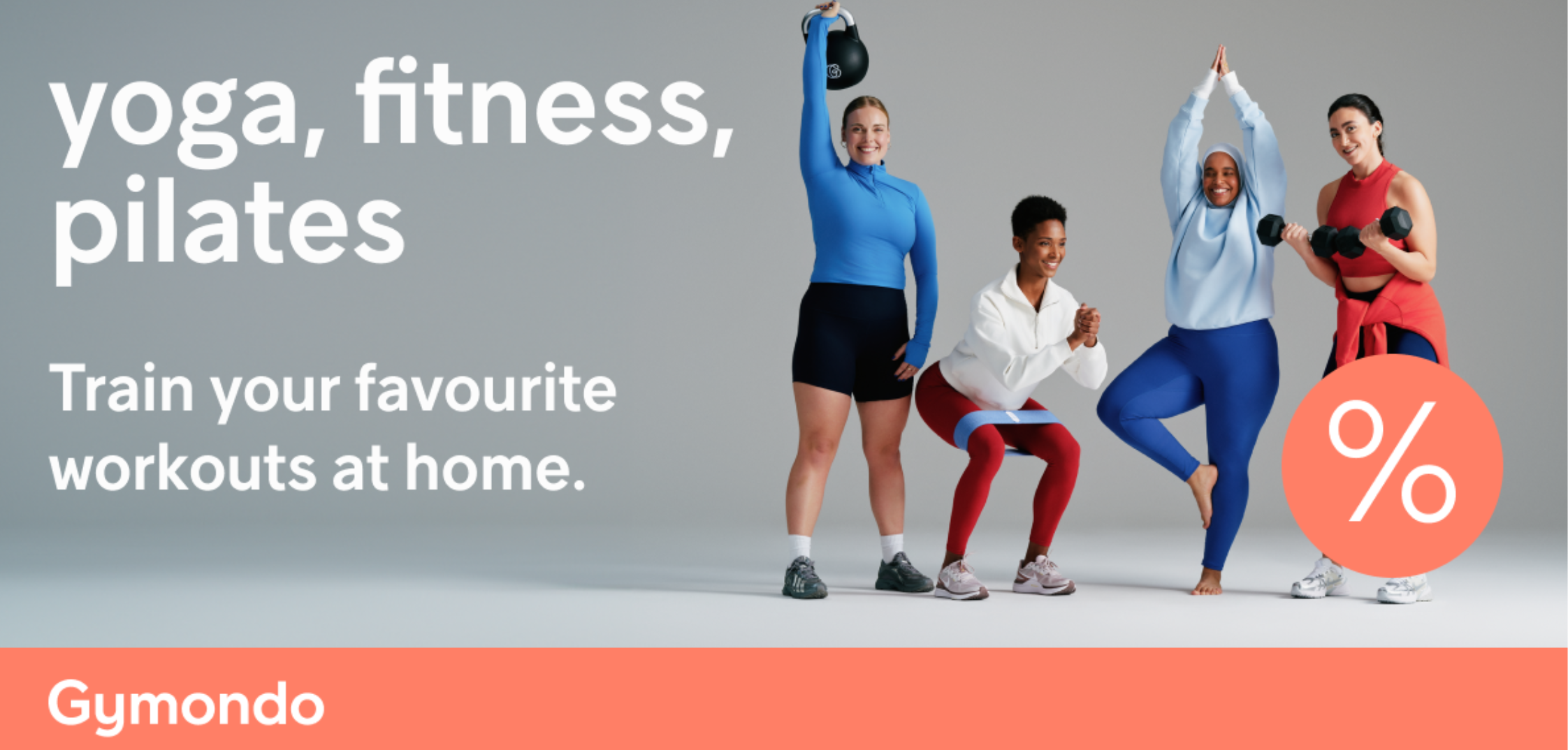
Kommentar schreiben